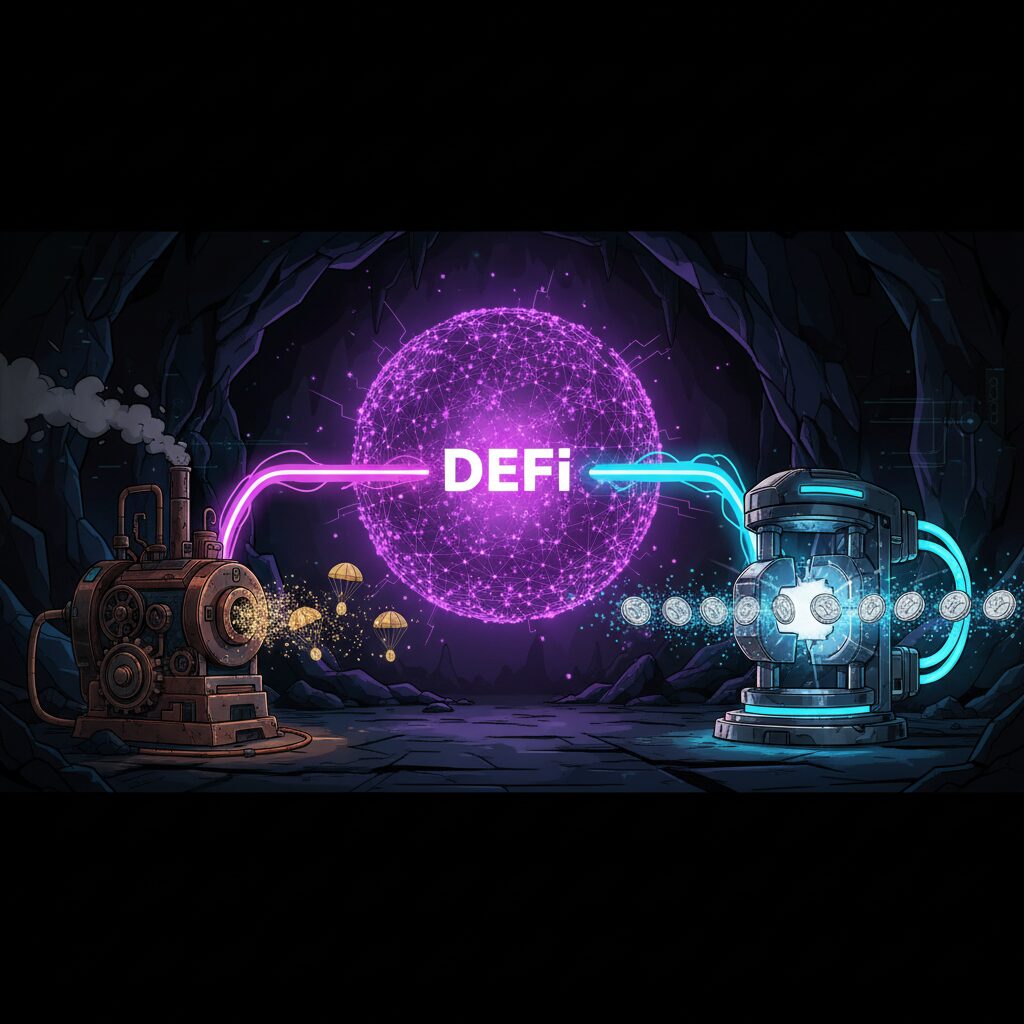DeFi’s New Playbook: Why Token Buybacks Are Replacing Inflationary Rewards

The landscape of Decentralized Finance (DeFi) is undergoing a significant transformation. Early growth strategies, which relied heavily on issuing new tokens to attract users, are giving way to more sustainable economic models. Projects are now adopting a playbook from traditional finance, using their revenue for token buybacks and profit-sharing mechanisms to create long-term value.
zkSync Founders Propose Buyback and Staking Program
Layer-2 scaling project zkSync is the latest major player to explore this model. Its founders have proposed a buyback and staking program for the native $ZK token designed to align the incentives of network participants, validators, and token holders. While the final details are still under discussion, the move signals zkSync’s first major step toward providing on-chain yield that is directly linked to network usage and fee generation.
This proposal also points to a broader shift within the Layer-2 ecosystem. Projects are moving away from inflationary reward cycles and toward mechanics that reinforce token scarcity and directly reward long-term holders, strengthening treasury resilience and tightening the token’s circulating supply.
From Inflation to Scarcity
The early years of DeFi were defined by tokenomics centered on high emissions. Protocols paid users with newly minted tokens, which generated impressive growth on paper but often led to long-term inflation in practice. As the market matures, projects are adopting a more disciplined financial approach, using revenue to buy back their own tokens or share profits directly with stakeholders.
The structural difference is critical. Constant emissions dilute the value for existing holders over time. In contrast, buybacks consolidate ownership and reduce the available supply, creating deflationary pressure. As one analyst noted, “Emissions grow your user base. Buybacks grow your floor.”
Market Impact: A Focus on Real Yield
This collective shift is also changing how investors evaluate DeFi tokens. Instead of betting on speculative growth or future airdrops, the focus is now on protocol revenue and real yield—metrics that mirror traditional financial performance. This model rewards genuine participation over pure speculation.
On-chain data suggests that protocols with structured buyback systems are already demonstrating stronger price resilience during periods of market volatility. Investors increasingly view these systems as a form of defensive token economics built for sustainability.
The Bigger Picture: A More Sustainable DeFi
As the crypto market navigates tighter liquidity and evolving regulations, sustainability has become a key indicator of trust. Buybacks and revenue redistribution aren’t just financial tools; they are signals of a maturing industry. These mechanisms demonstrate that DeFi protocols can operate with accountability, profitability, and the long-term design principles seen in traditional finance.
The trend is accelerating, with over $200 million in combined buybacks either approved or executed this quarter alone. From Aave’s $50 million mandate to Aster’s 80% fee burn, leading protocols are rewriting the playbook to prove that growth and sustainability can go hand in hand.
Disclaimer: The information provided in this article is for informational purposes only and does not constitute financial advice, investment advice, or any other sort of advice. You should not treat any of the website’s content as such. Always conduct your own research and consult with a professional financial advisor before making any investment decisions.











